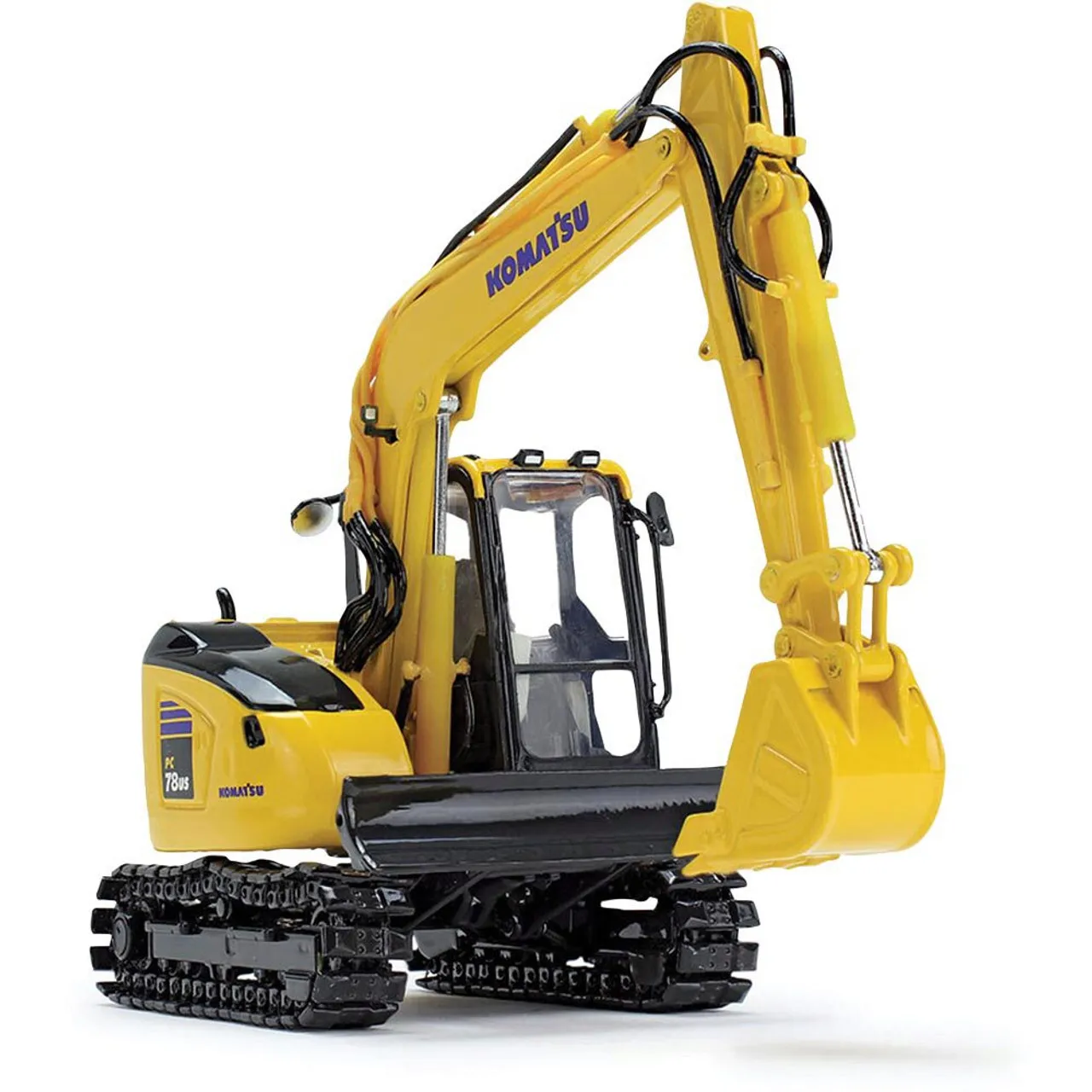Construction Diecast Models Top 7 Facts
Construction diecast models are miniature replicas of heavy machinery and vehicles used in the construction industry. These detailed models are popular among collectors, hobbyists, and enthusiasts of all ages. They offer a tangible way to appreciate the engineering and design of real-world construction equipment. This article explores seven fascinating facts about construction diecast models, revealing their appeal and the reasons behind their enduring popularity. From the materials used to the benefits of collecting, we’ll delve into the world of these miniature marvels. Discover the history, features, and the value behind these intricate models and learn why they continue to captivate so many.
What are Construction Diecast Models?
Construction diecast models are meticulously crafted replicas of construction vehicles and equipment. They typically represent machines such as bulldozers, excavators, cranes, trucks, and other essential tools used in building sites. These models are usually made from diecast metal, a process where molten metal is poured into molds, creating detailed and durable representations. Construction diecast models are designed to replicate the appearance, functionality, and features of their full-sized counterparts, often including movable parts, realistic paint schemes, and intricate detailing. They vary in scale, with the most popular being 1:50, 1:25, and 1:87 (HO scale), allowing for a range of collecting and display options.
The Materials Used in Construction Diecast Models
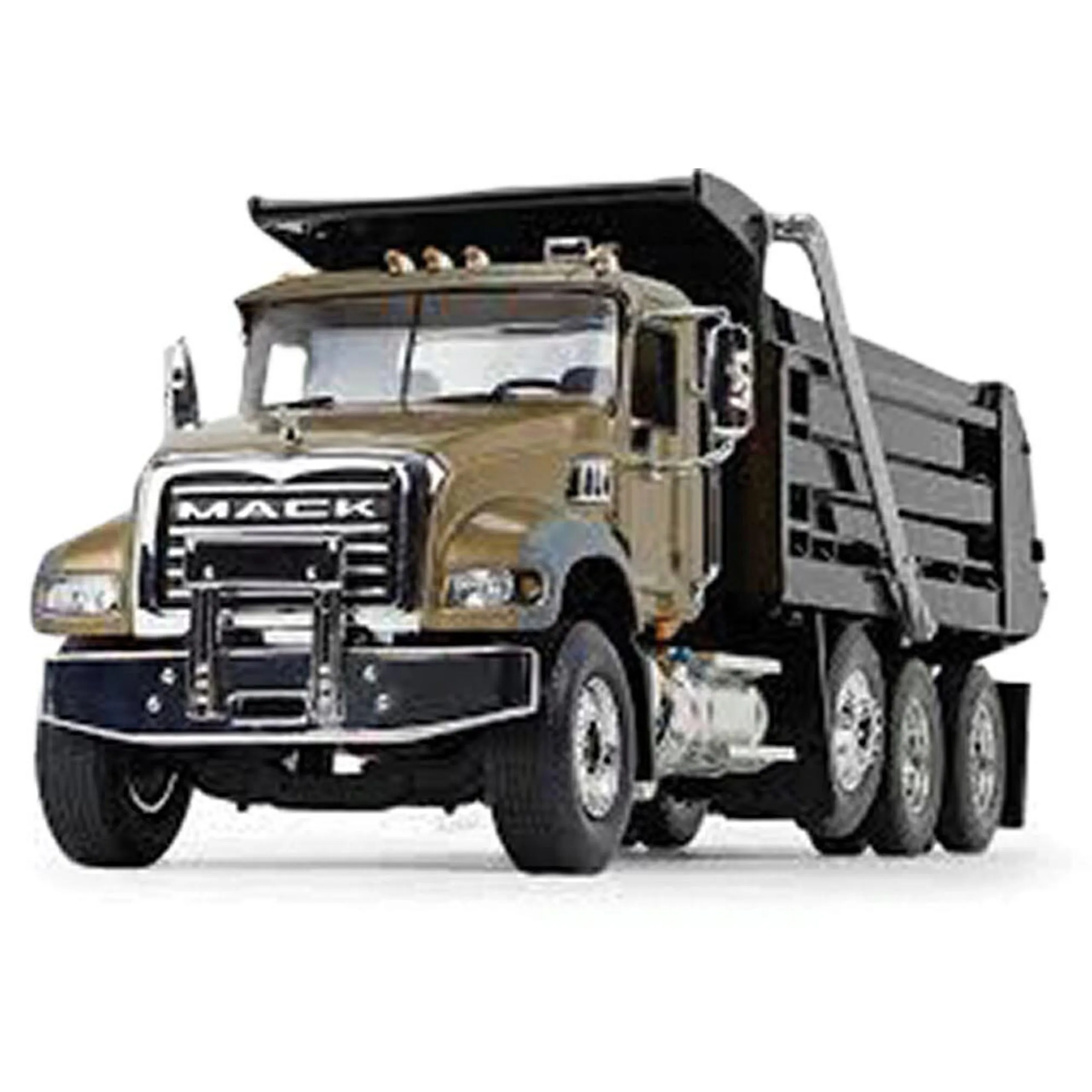
Diecast metal is the primary material used in creating construction diecast models. This metal alloy provides the necessary weight and durability that makes these models feel authentic. Zinc alloys are often used, but other metals can be included to achieve desired properties. Other materials used include high-quality plastics for smaller details, tires, and windows. The use of plastic allows for greater detail and realism in certain components, and it also reduces the overall cost of the models. Paint is also a critical part, with manufacturers using accurate and durable paints to replicate the colors and markings of the real machines. Decals and tampo printing are common to add fine details such as logos, warnings, and specifications.
The History of Construction Diecast Models
The history of construction diecast models traces back to the early 20th century, coinciding with the advancements in diecasting technology. Initially, toy manufacturers created these models to cater to children’s interest in machinery. Over time, as diecasting techniques improved, models became more detailed and realistic. The post-World War II era witnessed the rise of diecast model manufacturing, especially in Europe. Manufacturers began to produce models that accurately represented real-world construction equipment, thereby attracting collectors. Today, the industry continues to evolve, with many companies producing high-quality, detailed models that appeal to collectors and enthusiasts around the world.
Fact 1 Detailing
One of the most impressive aspects of construction diecast models is the level of detail. Manufacturers go to great lengths to replicate every aspect of the real machines, from the intricate engine components to the realistic wear and tear. This attention to detail creates a more authentic and captivating experience for collectors. Models feature working parts like movable arms, buckets, and tracks. These functional components allow for interactive play and display options. The paint finishes are meticulously applied, with many models featuring multiple layers of paint to achieve the correct colors and weathering effects. The use of tampo printing and decals further adds to the detail, including logos, warning labels, and specifications.
Fact 2 Scale
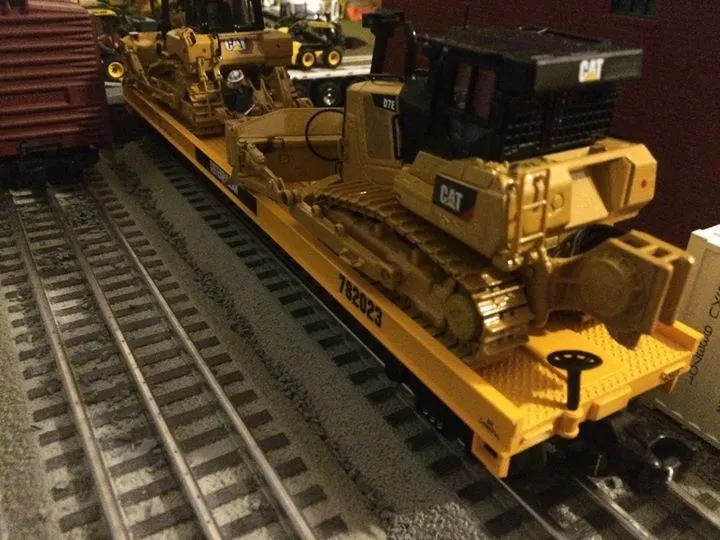
Construction diecast models are available in a variety of scales, with the most popular being 1:50, 1:25, and 1:87 (HO scale). The scale refers to the ratio between the size of the model and the size of the real-world machine. The 1:50 scale is the most common and allows for a good balance between detail and size, making it a popular choice for collectors. Larger scales, like 1:25, provide an opportunity for even more intricate detailing and a greater presence. HO scale models (1:87) are popular among model railroad enthusiasts as they can be easily integrated into layouts. The choice of scale often depends on individual preferences, display space, and the desired level of detail.
Fact 3 Collectibility
Construction diecast models are highly collectible, with many enthusiasts seeking rare or limited-edition models. The collectibility of these models is driven by several factors, including their detailed designs, historical significance, and the limited availability of certain releases. Rare models, especially those with limited production runs, can increase in value over time, making them a potentially sound investment. Collectors often build extensive collections, categorizing models by brand, scale, or type of equipment. The community aspect of collecting is strong, with enthusiasts sharing their collections, knowledge, and experiences. This shared passion adds to the appeal of the hobby.
Fact 4 Brands
Several reputable brands manufacture construction diecast models, each with its unique offerings and specializations. Some of the prominent brands include Caterpillar (CAT), Komatsu, Liebherr, and many more. Caterpillar models are particularly sought after, thanks to their high level of detail and the popularity of the CAT brand. Komatsu models are valued for their realistic designs and features, representing a wide range of equipment. Liebherr models stand out due to the complexity of their cranes and other machinery, with precise detailing and functional components. Other brands include smaller, niche manufacturers that specialize in specific types of equipment or offer models in different scales. The choice of brand often depends on the collector’s preferences and the types of models they are interested in.
Fact 5 Features
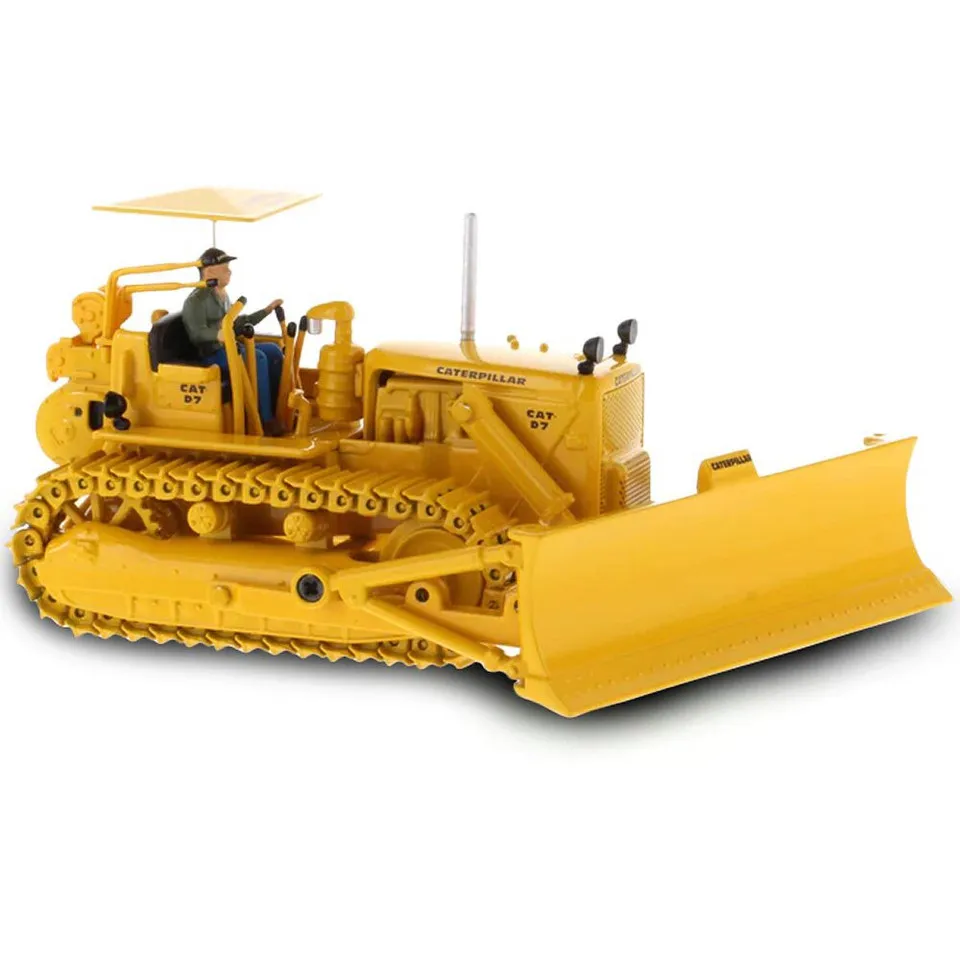
Construction diecast models incorporate a variety of features to enhance their realism and playability. Many models have movable parts, such as articulated arms, tilting buckets, and rotating turrets. These functional components allow collectors to pose their models and simulate real-world construction activities. Detailing also plays a key role, with models featuring realistic paint schemes, accurate markings, and fine interior detailing. Some models include working lights and sounds, which adds to the immersive experience. Packaging can also be a part of the feature, with many manufacturers using detailed boxes and packaging to protect and showcase the models. The variety of features varies depending on the scale, brand, and specific model.
Fact 6 Value
The value of construction diecast models can vary significantly based on factors such as brand, rarity, and condition. Limited-edition models and those from well-known manufacturers tend to command higher prices. The condition of the model is essential; models in mint condition with original packaging are more valuable than those with damage or missing parts. The market for construction diecast models fluctuates, with prices often reflecting collector demand and the availability of specific models. Investment potential exists, particularly for rare or vintage models, which can increase in value over time. Online marketplaces, auction sites, and specialized diecast model stores are common platforms for buying and selling these collectibles.
Fact 7 Where to Buy
Construction diecast models are available through a variety of channels, both online and offline. Specialty diecast model stores are a primary source, offering a wide selection of models from various brands and scales. Online marketplaces and auction sites, such as eBay, provide vast selections, allowing collectors to find specific models and compare prices. Manufacturers often have their own websites, where they sell new releases and limited editions directly to consumers. Trade shows and collector events are excellent opportunities to discover rare models and connect with other enthusiasts. Local hobby shops are often a great place to find construction diecast models and seek advice from experienced collectors and to examine the models personally.
Benefits of Collecting Construction Diecast Models
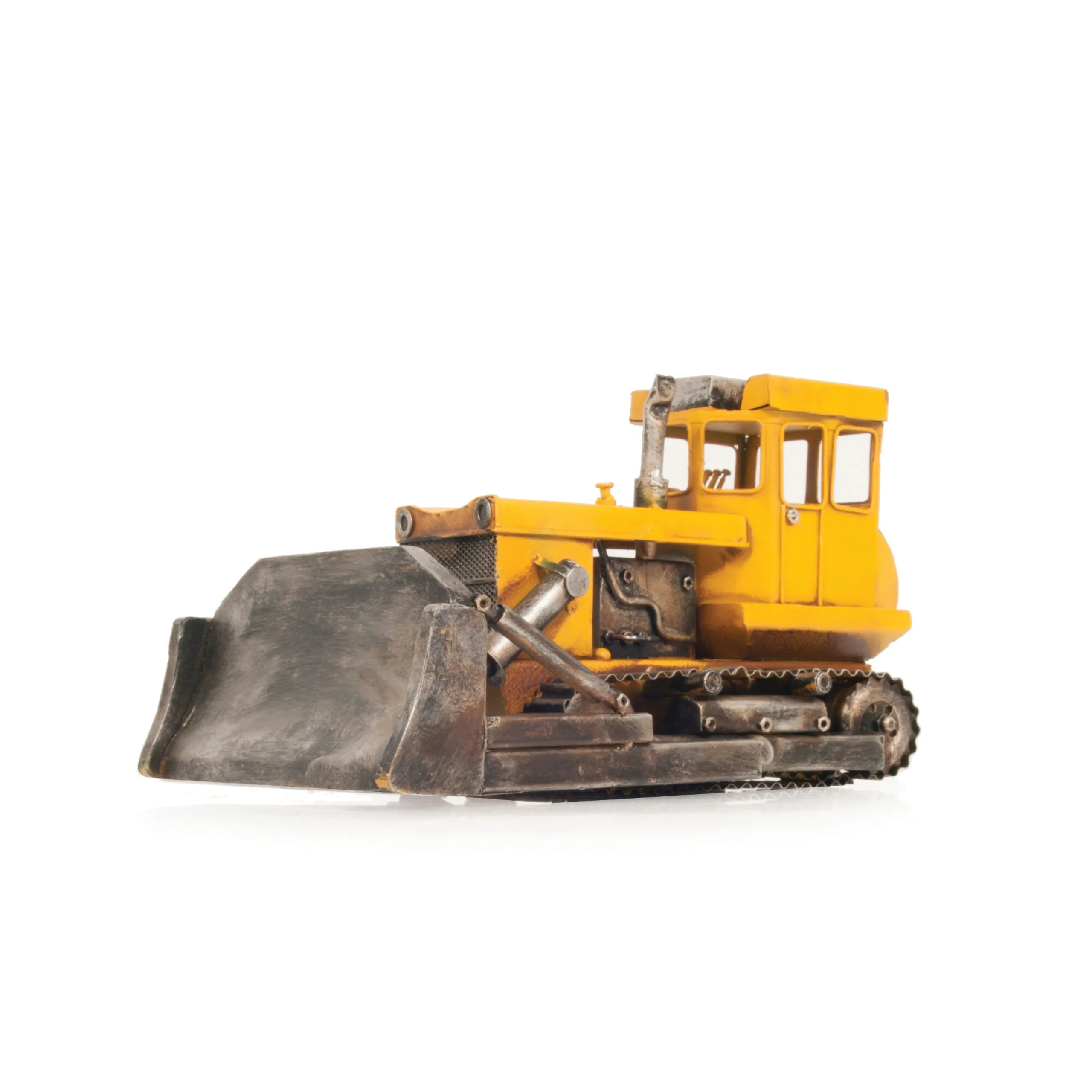
Educational Value
Collecting construction diecast models offers substantial educational value, especially for children and young adults. These models provide a tangible way to learn about construction equipment, its functions, and its role in building infrastructure. By observing the detailed designs, children can gain insights into engineering principles and the mechanical operations of machinery. Collecting also encourages research and learning about different types of equipment, brands, and historical developments in the construction industry. Displaying and discussing models with others foster communication skills and promote a deeper understanding of the subject matter.
Stress Relief
For many collectors, construction diecast models serve as a source of stress relief. The act of collecting, organizing, and displaying these models can be a relaxing and rewarding hobby. The detailed nature of the models encourages focused attention, providing a mental escape from daily pressures. The tactile experience of handling the models, examining their features, and rearranging them can be therapeutic. The social aspect of the hobby, connecting with other collectors and sharing knowledge, can provide a sense of community and reduce feelings of isolation, further contributing to stress reduction.
Investment Potential
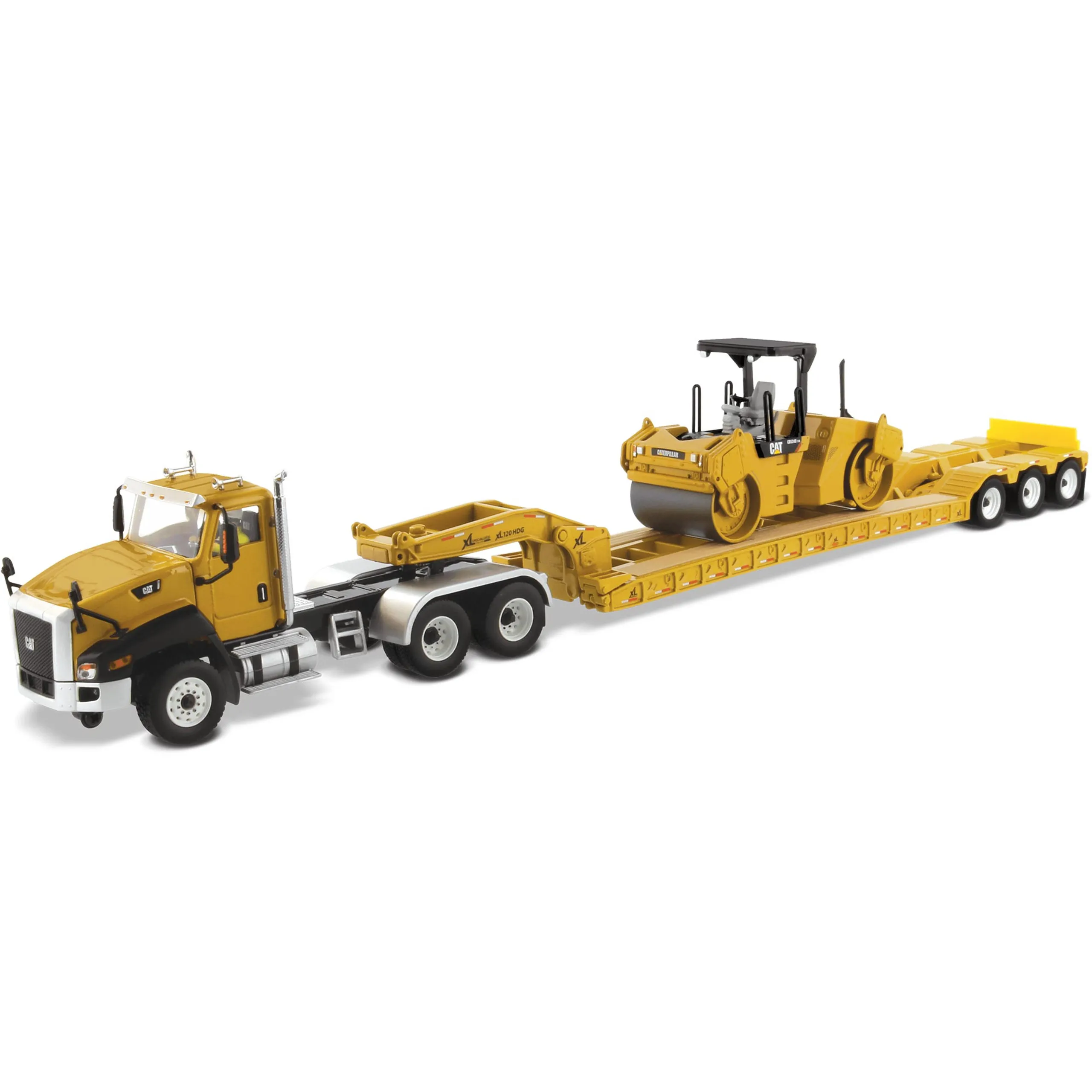
Construction diecast models can offer investment potential, particularly for rare, limited-edition, or vintage models. The value of certain models can increase over time due to collector demand and the scarcity of specific releases. The market for these models is subject to fluctuations, but well-cared-for models from reputable brands often retain or increase in value. Investment success relies on research, selecting models with potential, and proper storage. Collectors should stay informed about market trends, prices, and the history of specific models to make informed investment decisions. The long-term value of these models can depend on the collector’s care and the overall market conditions.
Tips for Collecting Construction Diecast Models
Research and Identify
Before starting a collection, research is important. Identify the types of construction equipment you are most interested in, whether it be bulldozers, excavators, or cranes. Learn about the different brands, scales, and the level of detail available. Browse online forums, collector websites, and visit model shops to get a sense of what’s available and what is considered valuable. Determine what aspects of collecting appeal to you the most, such as the historical significance, detailed designs, or the investment potential. Research can also guide you in what to look for in terms of condition, rarity, and the presence of original packaging.
Set a Budget
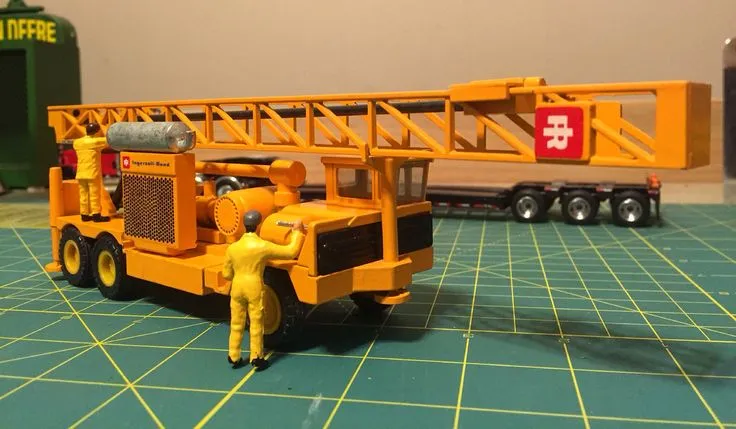
Setting a budget is a crucial step in building a collection. Determine how much you’re willing to spend on individual models and your overall collection. Construction diecast models range in price, from relatively affordable to quite expensive, especially for limited editions. Stick to your budget to avoid overspending and to ensure financial responsibility. Consider the long-term costs, including storage, display, and potential maintenance or repairs. Set aside a portion of your budget for rare finds or models that significantly increase the value of your collection. Reviewing your budget periodically can help you manage your spending habits and maximize your collecting experience.
Proper Storage
Proper storage is essential for preserving the condition and value of your construction diecast models. Store your models in a dry, temperature-controlled environment, away from direct sunlight and excessive heat. Display cases or shelves are excellent options, protecting models from dust and damage. Ensure that models with delicate parts are handled with care and protected from accidental knocks or falls. Consider using acid-free materials like archival boxes, which can protect models. Regularly inspect your collection for any signs of wear and tear, making adjustments as needed to maintain their condition. Proper storage will ensure your collection’s value and preserve its beauty for years to come.
Conclusion
Construction diecast models are more than just toys; they’re detailed representations of engineering, history, and artistry. Whether you’re a seasoned collector or just starting, the world of construction diecast models offers something for everyone. This article has explored the top seven facts, from the materials and history to the benefits and collecting tips. These miniature marvels are a rewarding hobby, providing educational value, stress relief, and investment potential. So, embrace the world of Construction Diecast and start your own collection today. They are a fascinating and rewarding hobby that provides hours of enjoyment and a tangible connection to the construction world.
